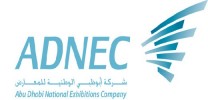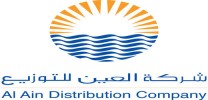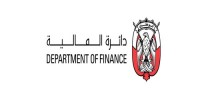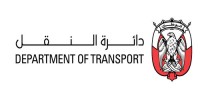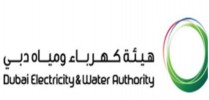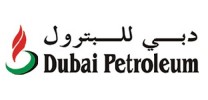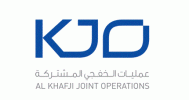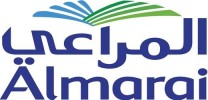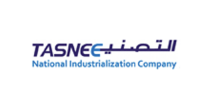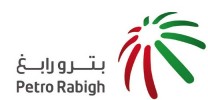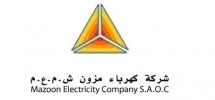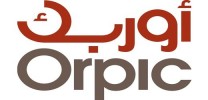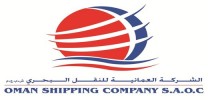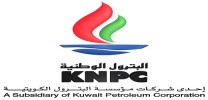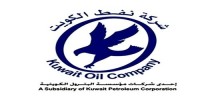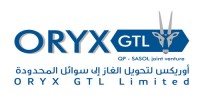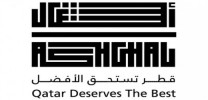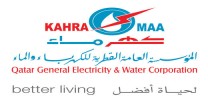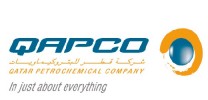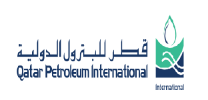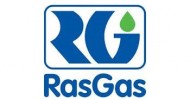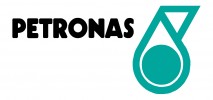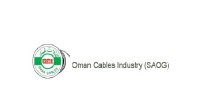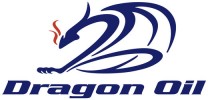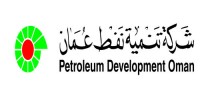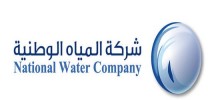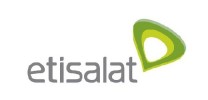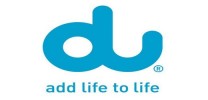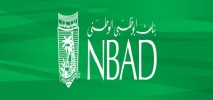
Introduction to Protection of Electrical Power Systems
Course Introduction:
Power systems are subjected to faults, which occur mostly as a result of insulation failure, overloading and more serious short circuit faults. When a fault occurs, the normal functioning of the system gets disturbed. The high current resulting from a fault can stress the electrical conductors and connected equipment thermally and electro-dynamically. Arcs at the fault point can cause dangerous or even fatal burn injuries to operating and maintenance workers in the vicinity.
Faults involving one phase and ground give rise to high 'touch' and 'step' voltages posing danger of electrocution to personnel working nearby. It is therefore necessary to detect and clear any fault quickly.
The first device used in early electrical systems was the fuse, which acted both as the sensor and the interrupting device. With larger systems, separate devices became necessary to sense and interrupt fault currents. In the beginning these functions were combined in a single assembly; a circuit breaker with in-built releases. This practice is still prevalent in low voltage systems. In both high systems and low voltage systems of higher capacities, the sensing is done by more sophisticated devices called relays. Relays were initially electromechanical devices but static relays and more recently digital relays have become the norm.
With more complex systems, it is necessary to detect the point of fault precisely and trip only those sections affected by the fault while the rest of the system can continue to function normally. In the event of the nearest circuit breaker failing to operate, the next breaker in the upstream (feeding) side has to be tripped as a 'back up' measure.
Another requirement is to minimize the time for which a fault remains in the circuit; this is necessary to reduce equipment damage and the danger to operating personnel. These requirements necessitate different forms of relaying apart from the simple current sensing relays. Equipment such as generators, transformers and motors also need special forms of protection characterized by their design and operating principles.
This course will explain all of these points in detail and provide you with the skills and knowledge necessary to calculate fault currents, select relays and associated instrument transformers appropriate to each typical system or equipment. You will also learn how to adjust the setting of the relays so that the relays closest to the fault will operate and clear the fault faster than the backup devices.
Course Objectives:
Examining: Upon completion of this course, participants will be able to:
· Understand the basic working mechanism of instrument transformers and their selection for a specific protection scheme design;
· Understand the concept of different types of relays, including differential relay, ohm relay, mho relay, directional relay, distance relay, reactance relay etc and their selection for each protection scheme design;
· Understand how to design different protection schemes including overcurrent protection scheme, directional overcurrent protection scheme, distance protection scheme and protection scheme for distributed generation especially renewable energy system etc;
· Understand power system protection coordination.
Who Should Attend?
This course is intended to give personnel an overview of industrial electrical protection devices and equipment. Electrical/plant engineers, supervisors, technicians, electricians requiring an outline knowledge of the application of electrical protective equipment utilized on electrical power systems.
Course Outline:
Day 1:
Power System Overview
- Electrical distribution system
- Reading single line diagrams
- LV, MV and HV equipment
- Function and types of electrical switchgear
- Basic circuit breaker design
Basics of Power System Protection
- Need for protective apparatus
- Basic requirements and components
Types of Faults and Short Circuit
Current Calculations
- The development of simple distribution systems
- Faults-types, effects and calculations
- Equivalent diagrams for reduction of system impedance
- Calculation of short circuit MVA
- Unbalanced faults and earth faults
- Symmetrical components
Day 2:
System Earthing and Earth Fault Current
- Phase and earth faults
- Comparison of earthing methods
- Protective earthing
- Effect of electric shock on human beings
- Sensitive earth leakage protection
- System classification
Fuses and Circuit Breakers
- Fuse operating characteristics, ratings and selection
- Energy 'let through'
- General rules of thumb
- IS-limiter
- Circuit breakers - types, purpose and arc quenching
- Behavior under fault conditions
- Protective relay-circuit breaker combination
- Circuit breakers with in-built protection
- Conventional and electronic releases
Day 3:
Instrument Transformers
- Transformer ratio and errors of ratio and phase angle
- 'Class' of instrument transformers
- Voltage and current transformers
- Applications
Relays and Auxiliary Power Equipment
- Principle of construction and operation of protective relays
- Special focus on IDMTL relays
- Factors influencing choice of plug setting
- The new era in protection - microprocessor, static and traditional
- Universal microprocessor overcurrent relay
- Technical features of a modern microprocessor relay
- Future of protection for distribution systems
- Need for reliable auxiliary power for protection systems
- Batteries and battery chargers
Protection Grading and Relay Coordination
- Protection design parameters on MV and LV networks
- Coordination - basis of selectivity
- Current, time and earth fault grading
- Time-current grading
- Grading through IDMT protection relay
- Coordination between secondary and primary circuits of transformers
- Current transformers - coordination
- Importance of settings and coordination curves
Day 4:
Protection of Feeders and Lines
- Over current and earth fault protection
- Application of DMT/IDMT protections for radial feeders
- Directional over current relays in line protection
- DMT and IDMT schemes applied to large systems
- Unit and impedance protection of lines
- Use of carrier signals in line protections
- Transient faults and use of auto reclosing as a means of reducing outage time
- Auto-reclosing in circuits with customer-owned generation
- Auto-reclosing relays for transmission and distribution lines
Day 5:
Protection of Transformers
- Winding polarity
- Transformer connections and magnetizing characteristics
- In-rush current
- Neutral earthing
- On-load tap changers
- Mismatch of current transformers
- Types of faults
- Differential protection
- Restricted earth fault
- HV overcurrent
- Protection by gas sensing and pressure detection
- Overloading
Course Methodology:
A variety of methodologies will be used during the course that includes:
· (30%) Based on Case Studies
· (30%) Techniques
· (30%) Role Play
· (10%) Concepts
· Pre-test and Post-test
· Variety of Learning Methods
· Lectures
· Case Studies and Self Questionaires
· Group Work
· Discussion
· Presentation
Course Fees:
This rate includes participant’s manual, Hand-Outs, buffet lunch, coffee/tea on arrival, morning & afternoon of each day.
Course Timings:
Daily Course Timings:
08:00 - 08:20 Morning Coffee / Tea
08:20 - 10:00 First Session
10:00 - 10:20 Coffee / Tea / Snacks
10:20 - 12:20 Second Session
12:20 - 13:30 Lunch Break & Prayer Break
13:30 - 15:00 Last Session





.jpg)

















